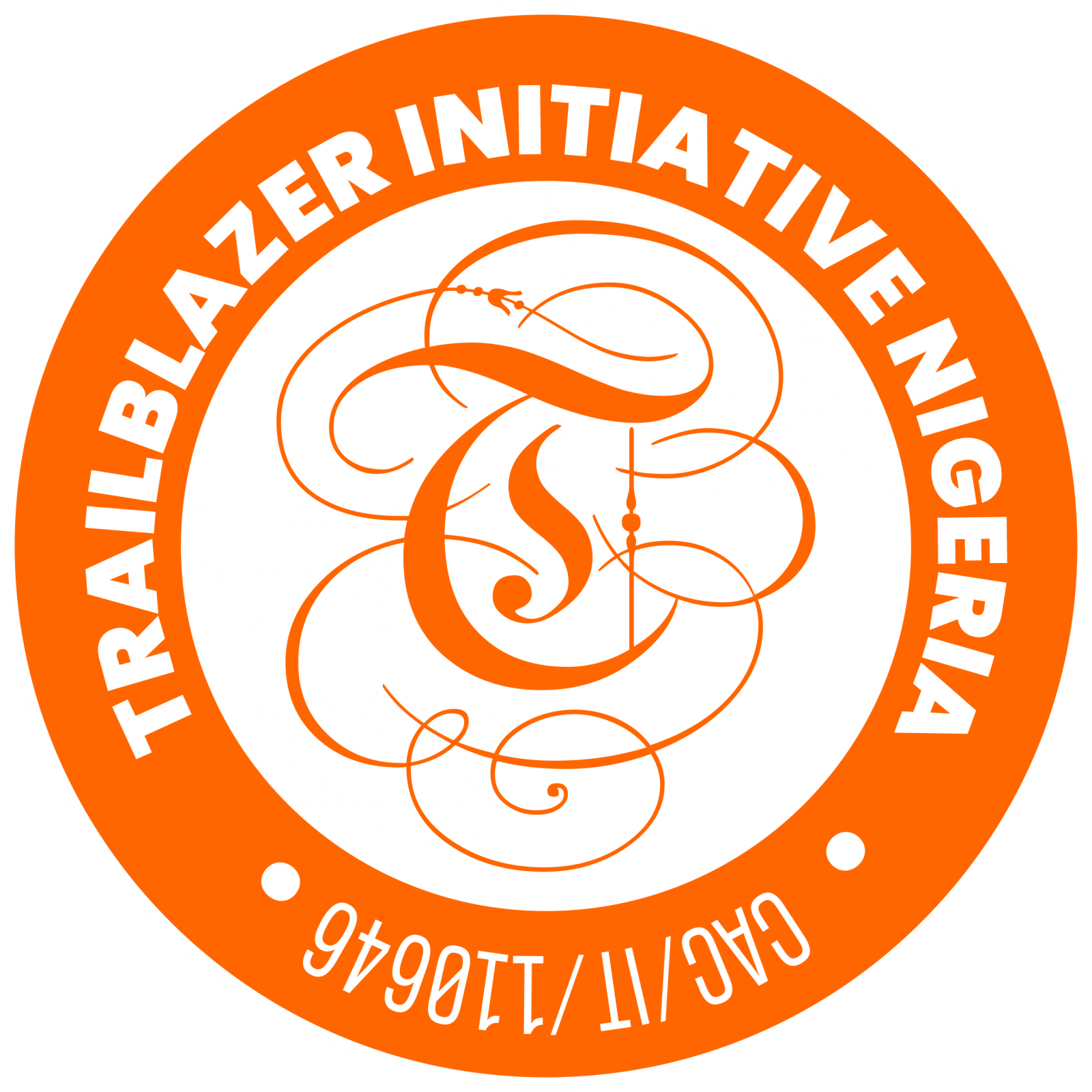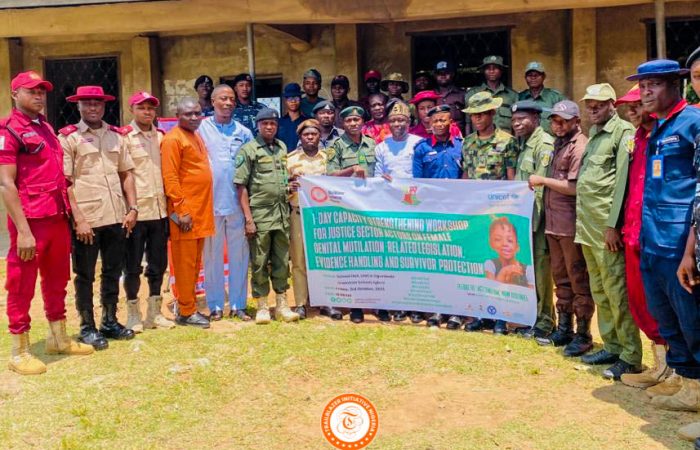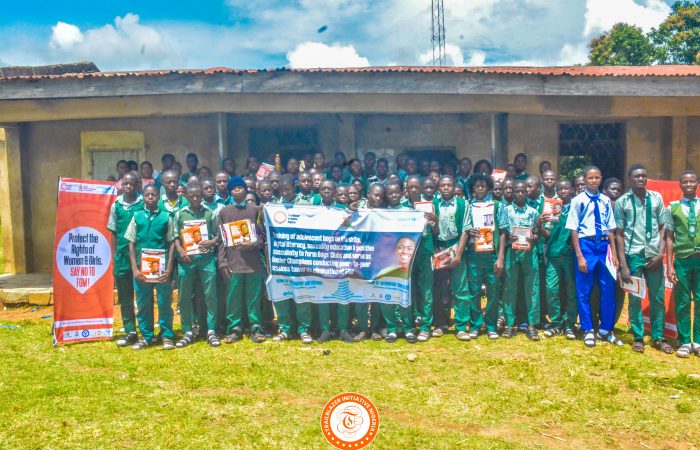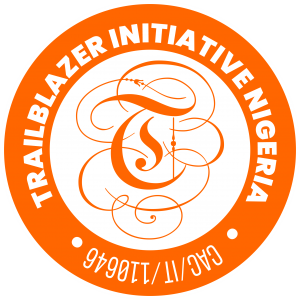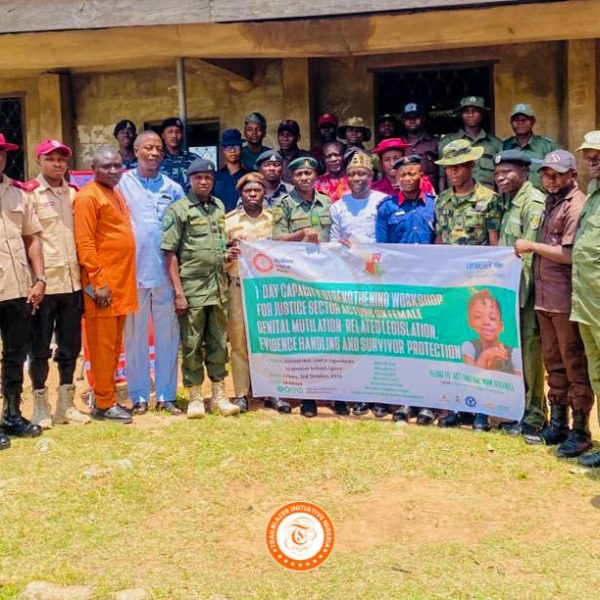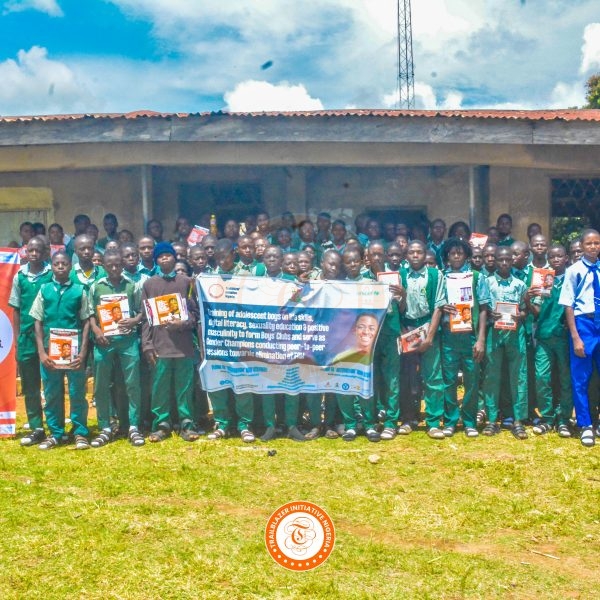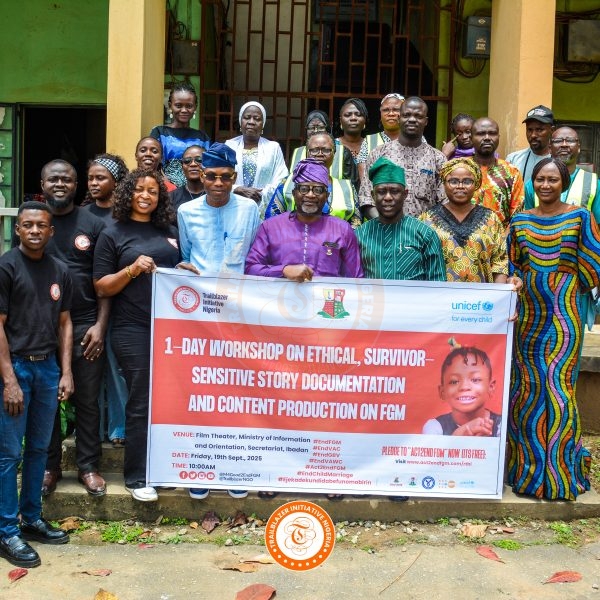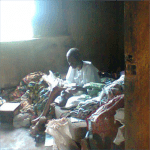What Is Leprosy?
Leprosy is a least communicable disease caused by bacteria. It mainly affects the skin and nerves. It progresses slowly with an average incubation period of 3 years. Leprosy can affect all ages and both sexes. Leprosy is completely curable with MDT within 6 months to 12 months and Single Skin Lesion (SSL) cases require only one dose of ROM treatment. More than 10 million leprosy patients have been cured with MDT. Leprosy patients can lead completely normal lives. If detected early and treated with MDT, leprosy will not lead to disabilities.
How to Diagnose Leprosy
Signs of Leprosy
A leprosy patient is someone who: has a skin patch or patches with a definite loss of sensation; and has not completed a full course of treatment with multidrug therapy.
Leprosy patches:
• Can be pale or reddish or copper-colored;
• Can be flat or raised;
• Do not itch;
•Usually do not hurt;
• Lack sensation to heat, touch or pain;
• Can appear anywhere.
Other signs of leprosy include:
Reddish or skin-coloured nodules or smooth, shiny diffuse thickening of the skin without a loss of sensation.
Which signs are not leprosy?
Skin patches… …present from birth (i.e. birth marks); …that itches; …that are white, black or dark red; …with scaling of skin; …that appears or disappears suddenly and spread fast.
How to Examine a Patient for Leprosy
Examine the skin in daylight or in a well-lit room. Examine the whole body, taking care to respect the patient’s privacy. Ask the patient if the patch itches. If so, it cannot be leprosy. Test only one or two skin patches for sensory loss. If there is a definite loss of sensation, it is leprosy. Ask about treatment received in the past. A person who has completed a full course of MDT very rarely needs further treatment. Look for any visible disability of eyes, face, hands and feet. When in doubt about the diagnosis, always send the patient to the nearest referral centre.
How to test for Sensory Loss
Take a pointed object such as a pen. Show the person what you are going to do. Lightly touch the skin with the pen. Ask the person to point to where they felt the pen. Now ask them to close their eyes so that they cannot see what you are doing. Lightly touch the centre of the most prominent skin patch and ask them to point to where they felt the pen. Repeat the procedure on normal skin and on the same patch again. If the person feels nothing on the skin patch, it is leprosy. Start treatment immediately.
Treating Leprosy
1-5 skin patches or only one nerve involvement? It is pauci-bacillary (PB) leprosy.
Treatment: SSL case with single dose ROM and other PB cases with 6 PB blister packs.
6 or more skin patches or more than one nerve involvement? It is multi-bacillary (MB) leprosy.
Treatment: 12 MB blister packs.
How you can Eliminate Leprosy from your Community
Look out for skin lesions during your routine activities. Diagnose leprosy and start MDT treatment immediately. Give Accompanied MDT to all patients who cannot visit the health centre regularly. Encourage patients to complete the full course of treatment. Keep adequate stocks of MDT at the health centre.
Inform the community that: – Skin patches without sensation, which do not itch, can be leprosy, –
Treatment to cure leprosy is available free of charge at all health centers,
– The drugs stop the spread of leprosy,
– Early treatment prevents disabilities,
– Patients who have completed their treatment are cured even if they have deformities,
– Patients can lead perfectly normal lives. Display posters about leprosy in public places. Enlist the support of others (e.g. community leaders, teachers, religious authorities and traditional practitioners) to spread positive messages about leprosy.
Information for the Patient
About leprosy…
They will be cured of leprosy if they take the drugs in the blister packs as advised. They must complete a full course of treatment: 6 blisters for PB patients and 12 blisters for MB patients. The drugs stop the disease from spreading. Patients can lead normal lives. They can live at home, go to school, work, play, get married, have children, participate in social events…
…their treatment
The MDT blister packs are free of charge. They should keep the blister packs in a dry, safe and shady place and out of the reach of children. If the drugs are spoiled (changed color, broken), the health worker will replace them.
…possible problems
The medicines will turn their urine red and their skin darker. Patients should not worry: both will return to normal once the treatment is completed. They must go immediately to a health centre if they have any problems (pain, fever, malaise, new lesions, muscle weakness…). They should return for a check-up after they complete their treatment. If they already have disabilities, tell them how to protect themselves from injuries
